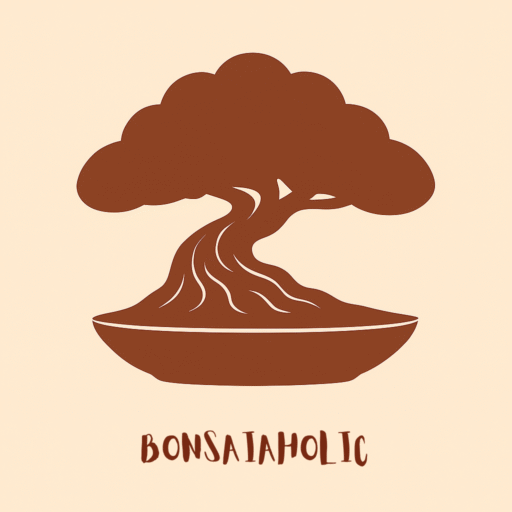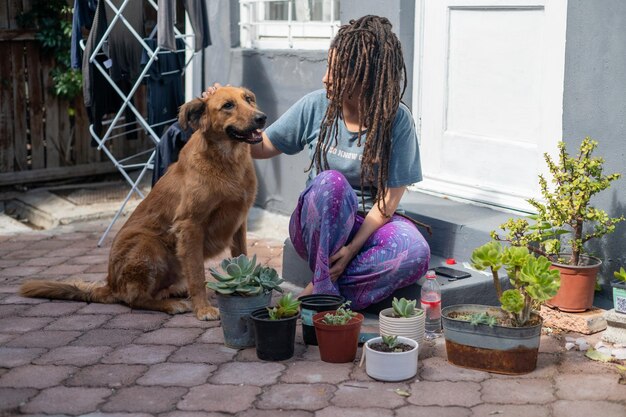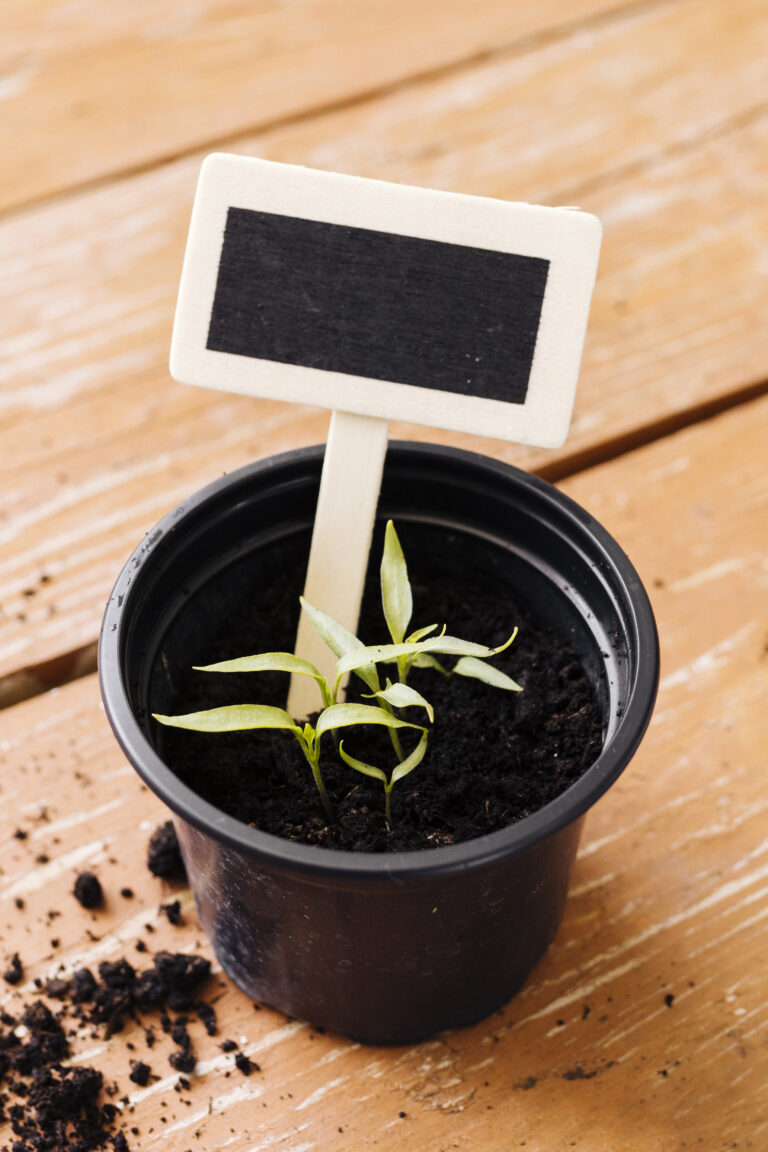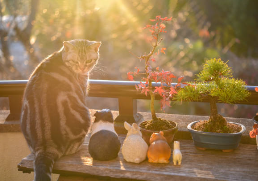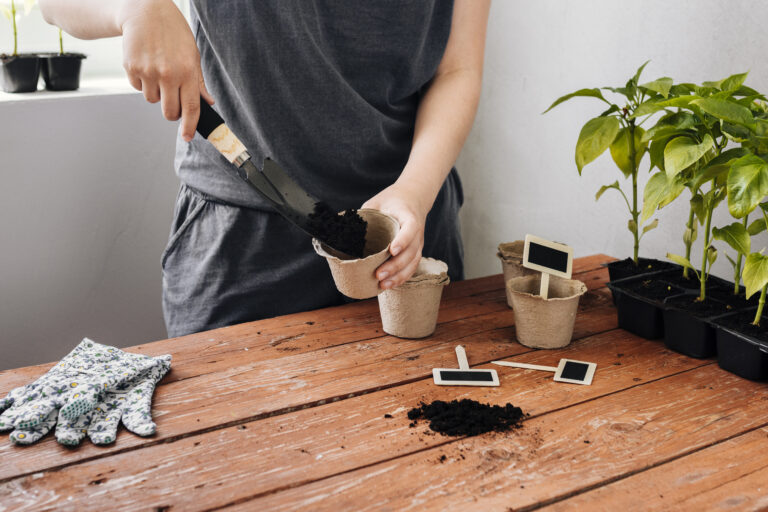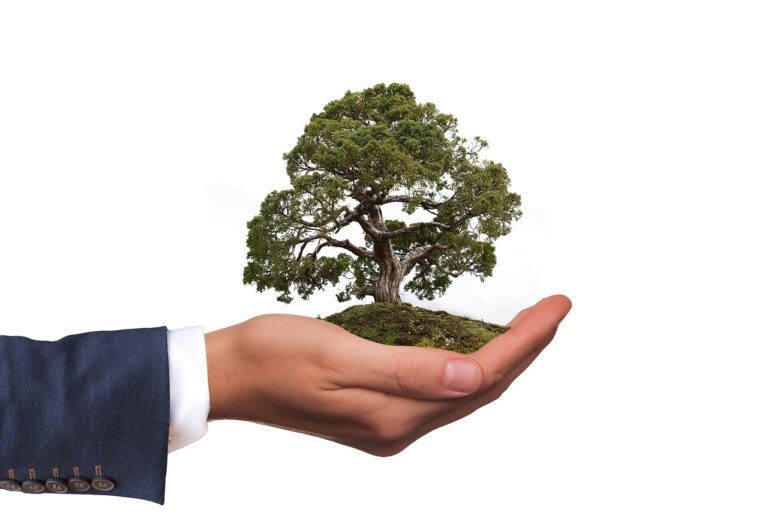Understanding White Spots on Fukien Tea Bonsai Leaves: Causes and Solutions
The Fukien Tea bonsai tree is renowned for its delicate beauty and glossy green leaves, but these vibrant leaves can sometimes develop unsightly white spots. Understanding the causes and treatments for this issue is crucial to maintaining the tree’s health and appearance. In this article, we’ll explore the various reasons for white spots on Fukien Tea bonsai leaves and provide actionable solutions.
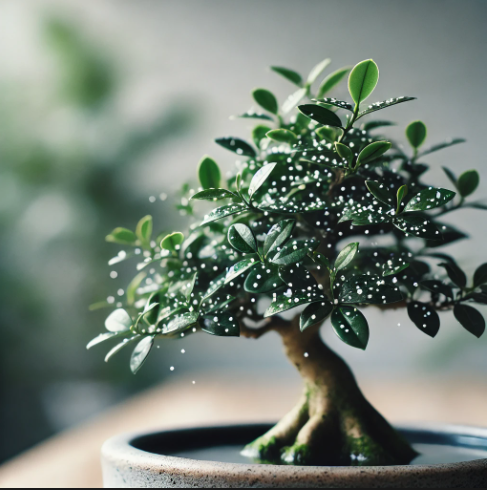
Common Causes of White Spots on Fukien Tea Bonsai Leaves
- Powdery Mildew
One of the most common reasons for white spots is powdery mildew, a fungal infection. This infection thrives in humid environments with poor air circulation. It appears as powdery, white patches on the surface of leaves.- Solution:
- Increase air circulation around the bonsai.
- Spray a fungicide or a homemade mixture of water and baking soda to treat affected areas.
- Solution:
- Pest Infestations
- Mealybugs: These pests look like small, white cottony masses and feed on the sap of the tree, leaving behind sticky residue.Spider Mites: These tiny pests create webbing and leave small white or yellow specks on leaves.
- Solution:
- Use neem oil or insecticidal soap to remove pests.
- Inspect the plant regularly to catch infestations early.
- Mineral Deposits
White spots may also be caused by hard water leaving mineral deposits on the leaves.- Solution:
- Use distilled or filtered water for watering and misting.
- Wipe leaves gently with a damp cloth to remove residue.
- Solution:
- Leaf Scorch or Sunburn
Overexposure to direct sunlight can lead to white or pale spots on leaves, which may eventually turn brown.- Solution:
- Place the bonsai in bright, indirect sunlight instead of direct exposure.
- Rotate the plant periodically for even light distribution.
- Solution:
- Nutrient Deficiency
A lack of essential nutrients, such as magnesium or calcium, can result in white spots on leaves.- Solution:
- Feed the bonsai with a balanced, water-soluble fertilizer designed for bonsai trees.
- Solution:
How to Prevent White Spots on Fukien Tea Bonsai Leaves
- Maintain Optimal Humidity
Keep the humidity at moderate levels (40-60%) to prevent fungal growth. Avoid excessive misting. - Regular Pruning and Cleaning
- Trim dead or infected leaves to reduce the spread of diseases.
- Clean the bonsai pot and soil to remove potential pest habitats.
- Improve Air Circulation
Place the bonsai in a well-ventilated area. A small fan can be used to improve airflow indoors. - Inspect Regularly
Check your bonsai for signs of disease, pests, or nutrient deficiencies during routine watering.
Natural Remedies for Treating White Spots
- Garlic Spray: Mix crushed garlic with water and spray it on the affected areas to deter pests.
- Milk Solution: A mixture of milk and water (1:3 ratio) can act as an organic fungicide for powdery mildew.
- Vinegar Spray: Dilute apple cider vinegar in water and apply to leaves to combat fungal infections.
Repotting as a Last Resort
If white spots persist despite all efforts, the problem may lie in the soil. Repotting the bonsai with fresh, sterilized soil can eliminate pathogens or pests hiding in the old soil.
The Importance of Early Intervention
Ignoring white spots can lead to further damage, including leaf drop or stunted growth. Early detection and treatment not only preserve the bonsai’s aesthetic appeal but also ensure its overall health.
Conclusion
White spots on Fukien Tea bonsai leaves can stem from a variety of causes, including fungal infections, pests, and environmental factors. By diagnosing the issue promptly and applying the appropriate treatments, you can restore your bonsai’s lush greenery.
Quick Recap of Tips
- Identify the root cause of white spots (fungus, pests, minerals, etc.).
- Use targeted treatments like neem oil, fungicides, or natural remedies.
- Prevent recurrence by maintaining optimal humidity, cleaning leaves, and providing proper nutrition.
By incorporating these practices into your bonsai care routine, you can enjoy a thriving Fukien Tea bonsai free of white spots.
Would you like help designing a care schedule or choosing specific products for your bonsai? Let me know!
